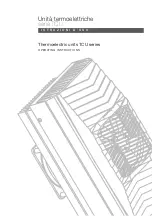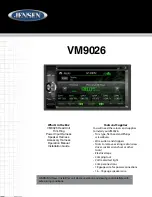
17
PLACEMENT — Continued
▼You Can Skip This Section ▼
(Unless you are technically oriented and wish to go the extra mile to maximize
subwoofer performance)
Technical Method #1 - Using a sound level meter
You’ll need a reasonably-priced sound level meter (available at Radio Shack
tm
or other electronics stores). It should set you back $50 or less. You’ll also need a test
tone source. This can usually be found in many audio/video receivers (consult your
receiver’s manual). The test tone should be somewhere between 40–60 Hz. If your
meter asks you to set a sound level range, consult the me-
ter’s manual to determine the proper decibel setting. Also,
set the meter to ‘C’ weighting with a fast response. If your
receiver does not have the ability to generate low frequency
test tones, go to plan B.
Plan B: If you have internet access, you can either
download an audio signal generator program or a low fre-
quency test tone. You should find them free of charge. Then you can connect your
computer’s audio output jack to your home theater receiver using the appropriate
connector cable. If you are unable to connect your computer to your receiver, you
can transfer an audio frequency test tone to your iPod
tm
or MP3 player. Then connect
your iPod
tm
or MP3 player to your receiver.
When you are able to play the tone through the subwoofer, adjust the volume
so that it falls within the range set on your sound level meter. You do not need a loud
volume for this test. While the tone is playing, move the sound level meter to the vari-
ous seating positions (equivalent to ear level height when you are seated) and note
the readings. Repeat this test while positioning the subwoofer in different places until
you achieve the most even sound level readings
.
Placing Your Subwoofer For Maximum Bass
Subwoofer Placed
in Corner
Summary of Contents for CG24 Monitor
Page 2: ......
















































